Ash (AH)
A native broadleaved tree with excellent timber properties that is an important host for many species of flora and fauna and consequently of high ecological value. There are currently approximately 151,000 ha of ash in Britain accounting for 11% of all broadleaved woodland (IFOS).
Ash is under severe threat from the disease Chalara ash dieback (Hymenoscyphus fraxineus), and its abundance in the British landscape is likely to decrease. The ability to plant ash is now severely restricted due to concerns over tree health.
Ash is a native tree and categorised as a principal tree species. These are tree species where silvicultural knowledge provides confidence to enable successful deployment across Britain. The species are either already widely used or are increasing in usage. They will continue to be important unless affected by a new pest or disease or become adversely affected by climate change.
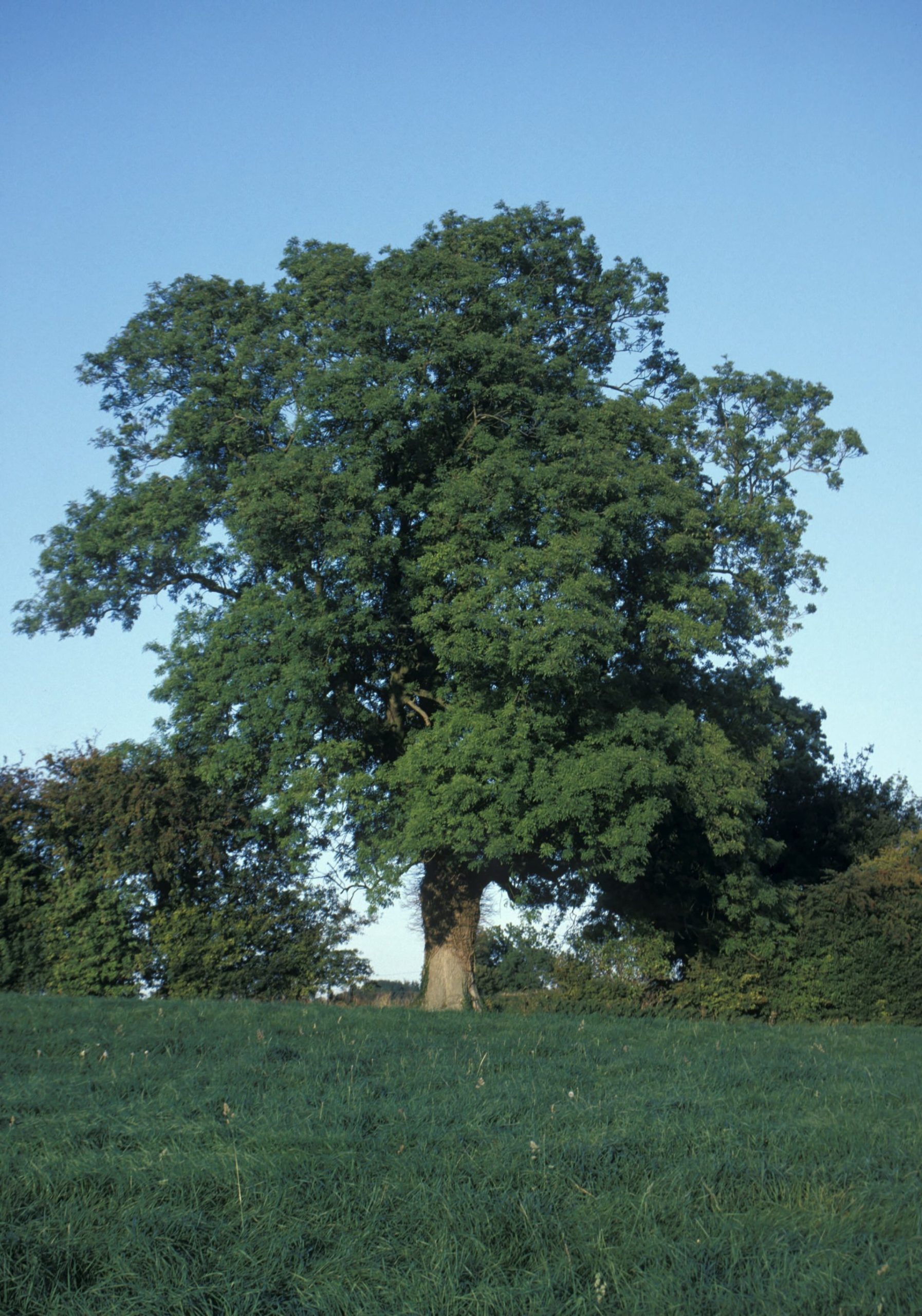
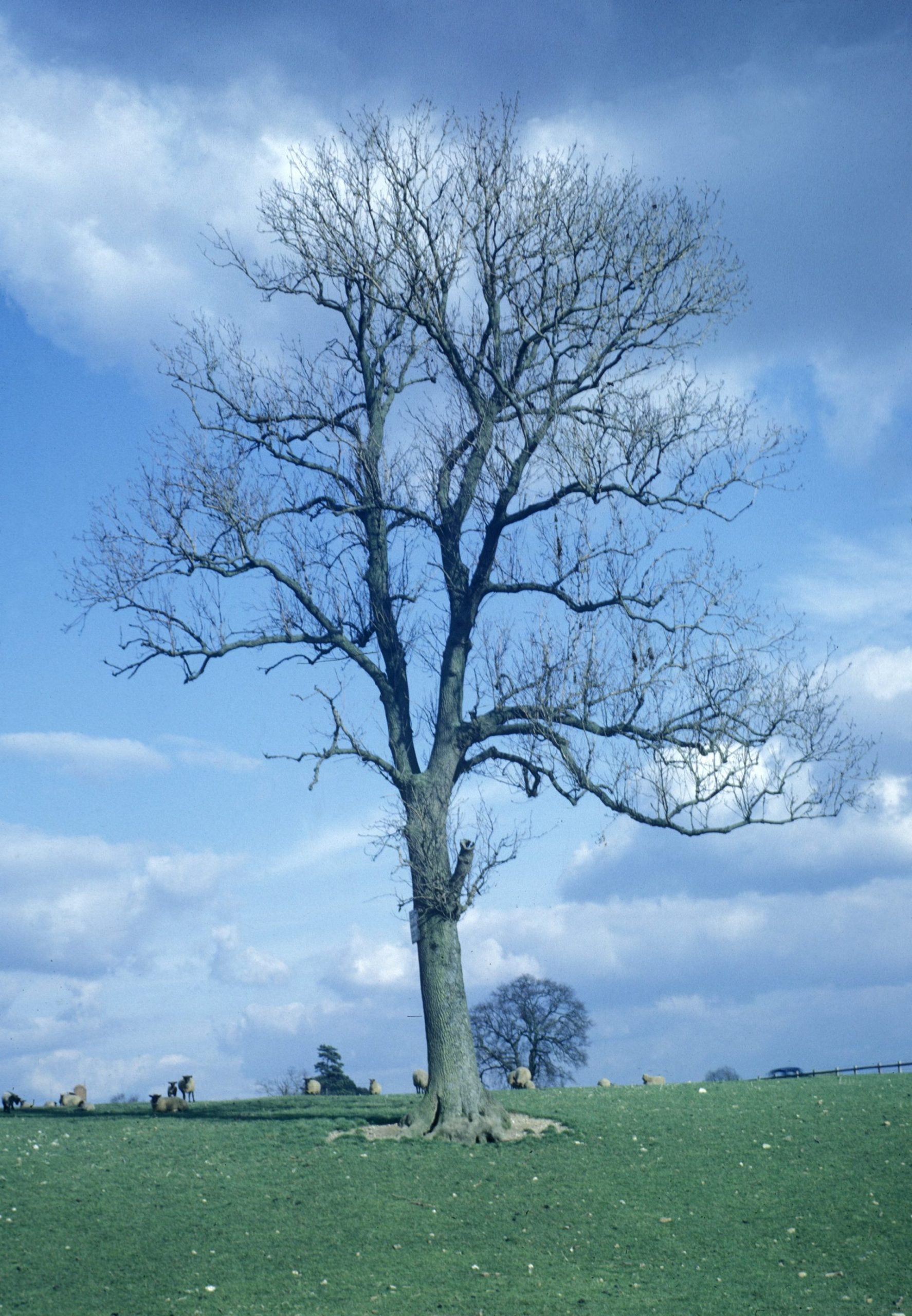
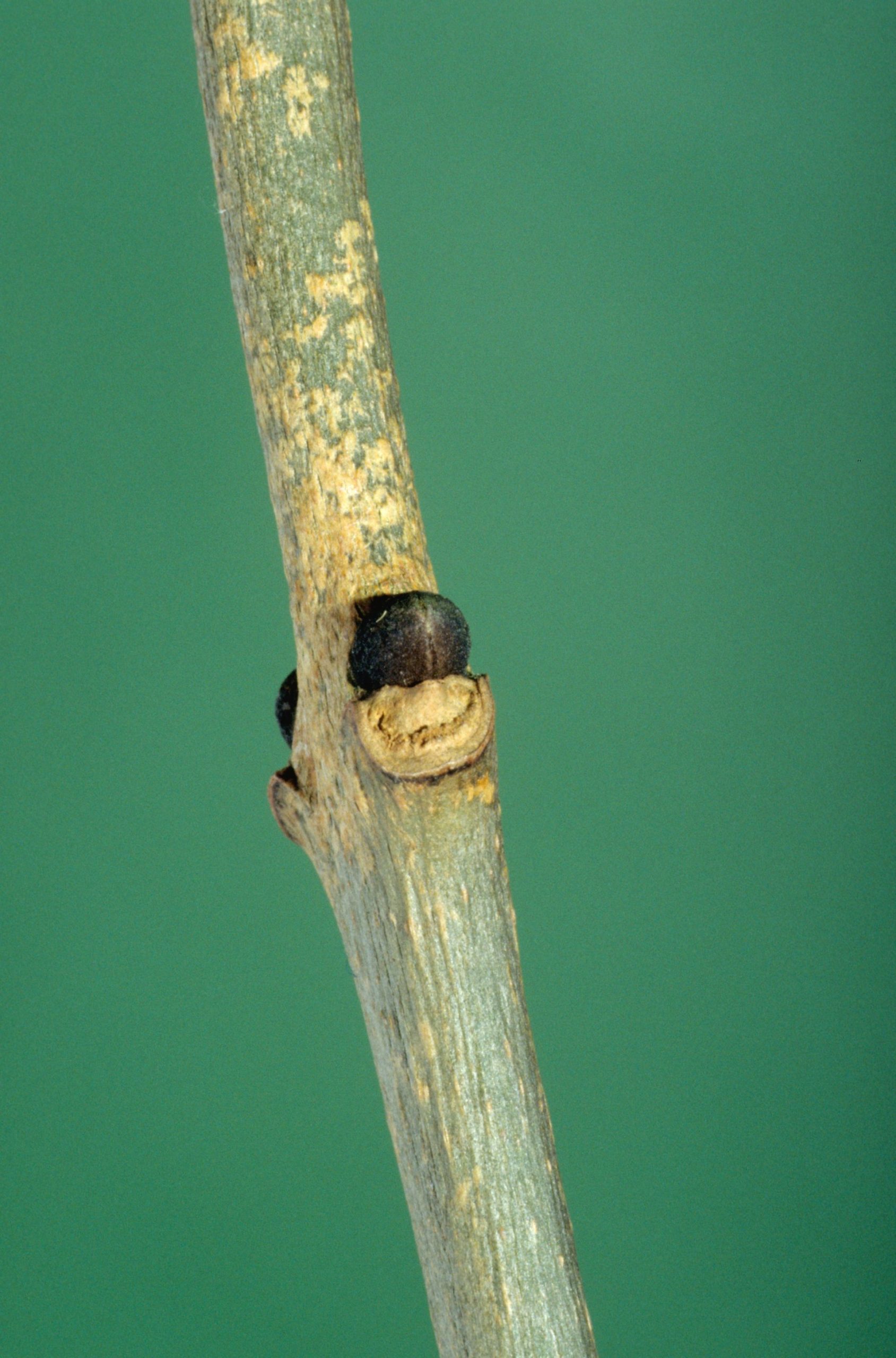
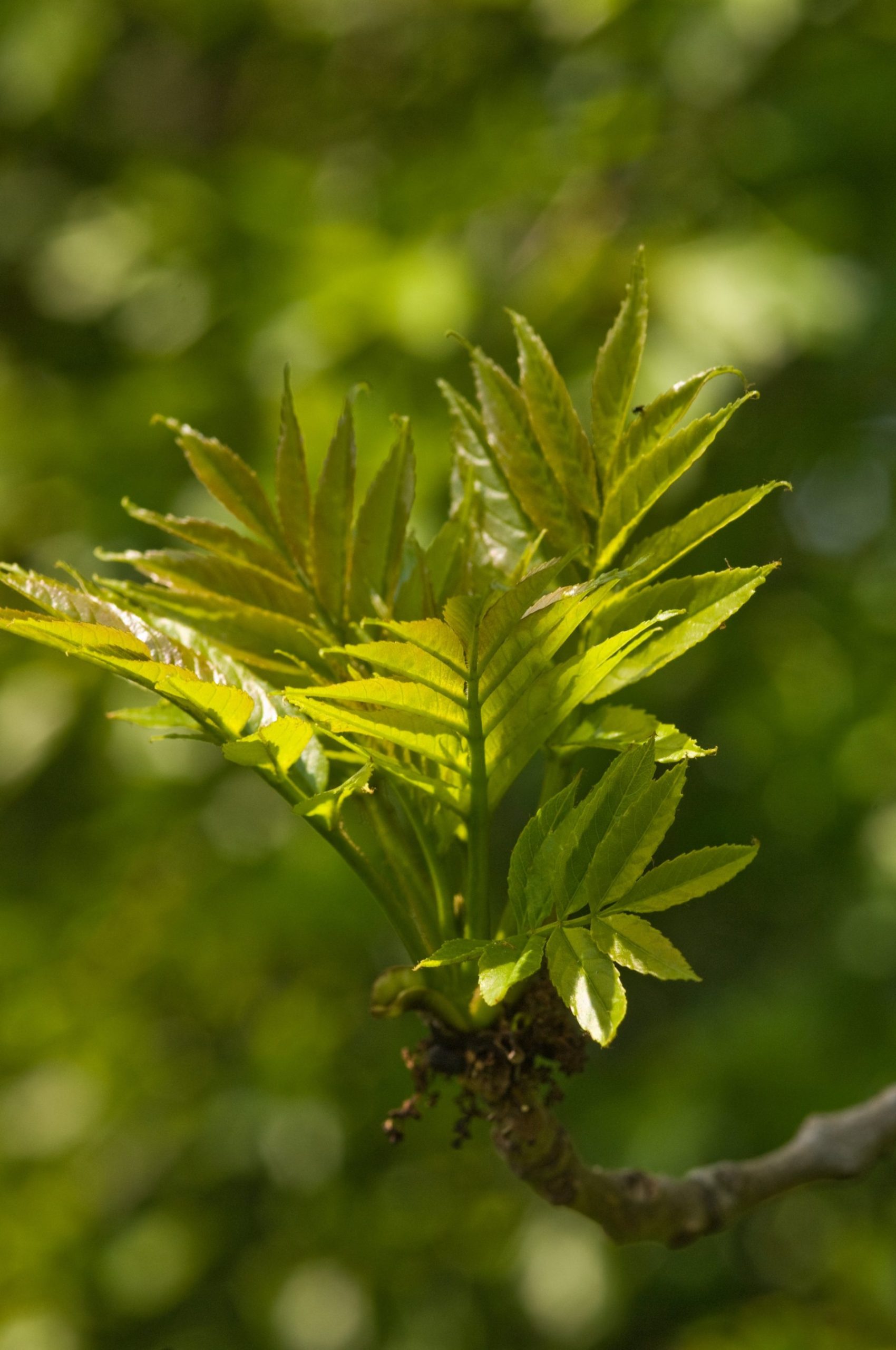

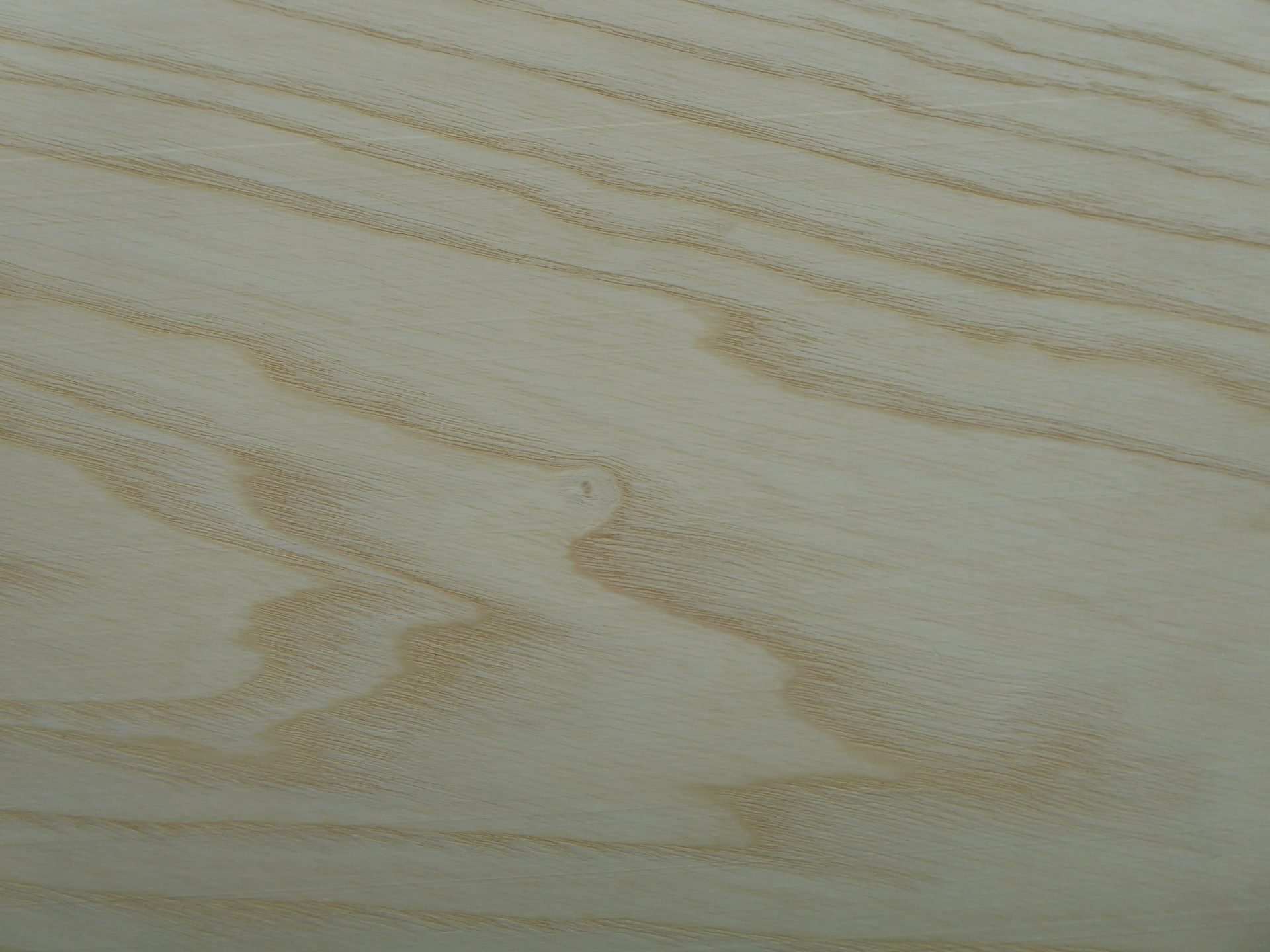
Range
Native to the British Isles and much of western Europe except the far north.
Provenance Choice
Material from good quality British stands should be preferred with provenances in northern France as an alternative in southern Britain. When available resilient genotypes.
Site Requirements
Ash has intermediate shade tolerance when young, but needs early thinning for good growth. The species is cold hardy and moderately tolerant of exposure, but is susceptible to late frost damage which can cause forking. This is a very site demanding species. Grows best on moist, well-drained deep and rich soils with a high nitrogen content, and often overlying calcareous bedrock; requires pH values of five or above. Nutrient poor dry and waterlogged soils should be avoided.
Further detail on the site requirements of ash in current and future climates can be examined using the Forest Research Ecological Site Classification Decision Support System (ESC).
ECOLOGICAL SITE CLASSIFICATION TOOL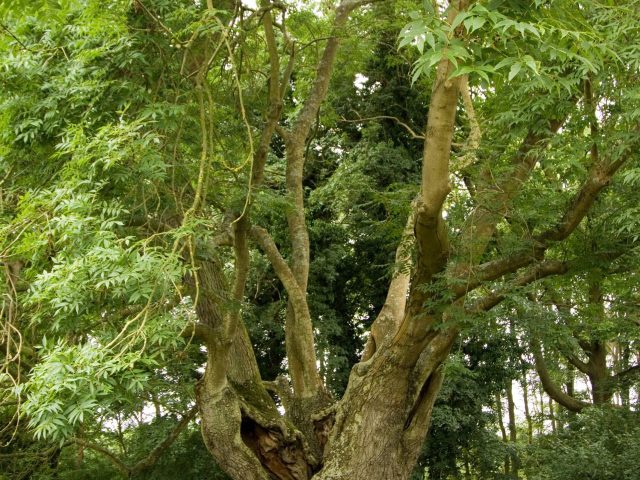
Silviculture
The general silviculture of ash is well documented and understood, but current disease restrictions have heavily impacted on any silvicultural options. The current focus of management is on maintaining its presence within woodlands by carefully considered management practices particularly related to its high ecological value. Ecological guidance and a summary of information can be found in Forest Commission Research Note 029.
More detailed silvicultural information is available in the form of guidance from Forestry Commission, England; Scottish Forestry and the Welsh Government.
Management should be to select the most appropriate silvicultural system that allows for identification and long-term retention of visually healthy trees. This activity of favouring trees demonstrating tolerance of the disease may enhance recruitment of potential resilient seedlings during regeneration. Practices such as coppicing are not recommended.
Pests and Pathogens
The prime concern is the disease Chalara ash dieback (Hymenoscyphus fraxineus) which is causing extensive death of trees across Britain especially in the drier area of south-east England.
In light of Chalara ash dieback there is a demand for material resistant to the disease and screening for resistant genotypes is ongoing. Allied to this the Living Ash Project aims to identify a large and diverse number of ash trees with good tolerance to ash dieback (Hymenoscyphus fraxineus.), to secure this material for further breeding work, and to quickly make this material available to industry.
Though not currently in the British Isles emerald ash borer (Agrilus planipennis) has caused significant damage to North American ash trees following its accidental introduction, probably in wood packaging from Asia. This beetle has been spreading westwards across Eurasia and has been confirmed west of Moscow. This spread and the increase in global movements of timber, wood packaging and dunnage increases the risk of an accidental introduction to the British Isles. This is a notifiable insect, and any suspected sightings must be reported via TreeAlert.
Ash can also suffer from a variety of root and butt rots that can cause late flushing, thinning foliage and decline leading to eventual death. It is commonly affected by ash bud moth (Prays fraxinella), which causes leaf wilt and dieback of some small twigs.
See our other tools and resources
Further Resources
External
In addition to the general sources of information for species the following are useful for ash.
Beck, P., Caudullo, G., Tinner, W., de Rigo, D., 2016. Fraxinus excelsior in Europe: distribution, habitat, usage, and threats. In: San-Miguel-Ayanz, J., de Rigo, D., Caudullo, G., Houston Durrant, T., Mauri, A. (Eds.), European Atlas of Forest Tree Species. Publ. Off. EU, Luxembourg, pp. e0181c0+
Wilson, S., Mason, W., Savill, P. and Jinks, R. 2017 Species profile; Noble Hardwood Alternatives to Ash, Maples (Acer spp.), planes (Platanus spp.), hickories (Carya spp.), wingnuts (Pterocarya spp.), hop hornbeams (Ostrya spp.), sweetgum (Liquidambar styraciflua) and tulip tree (Liriodendron tulipifera). Quarterly Journal of Forestry, 111(3): 166-182.



